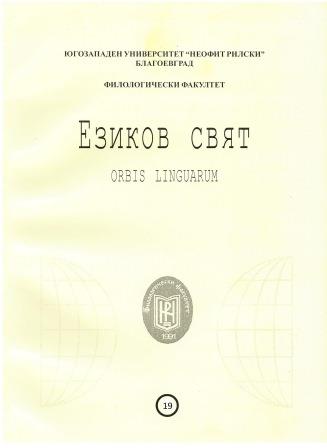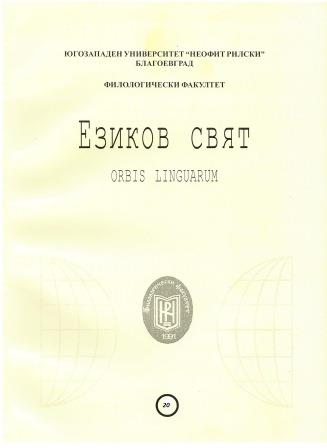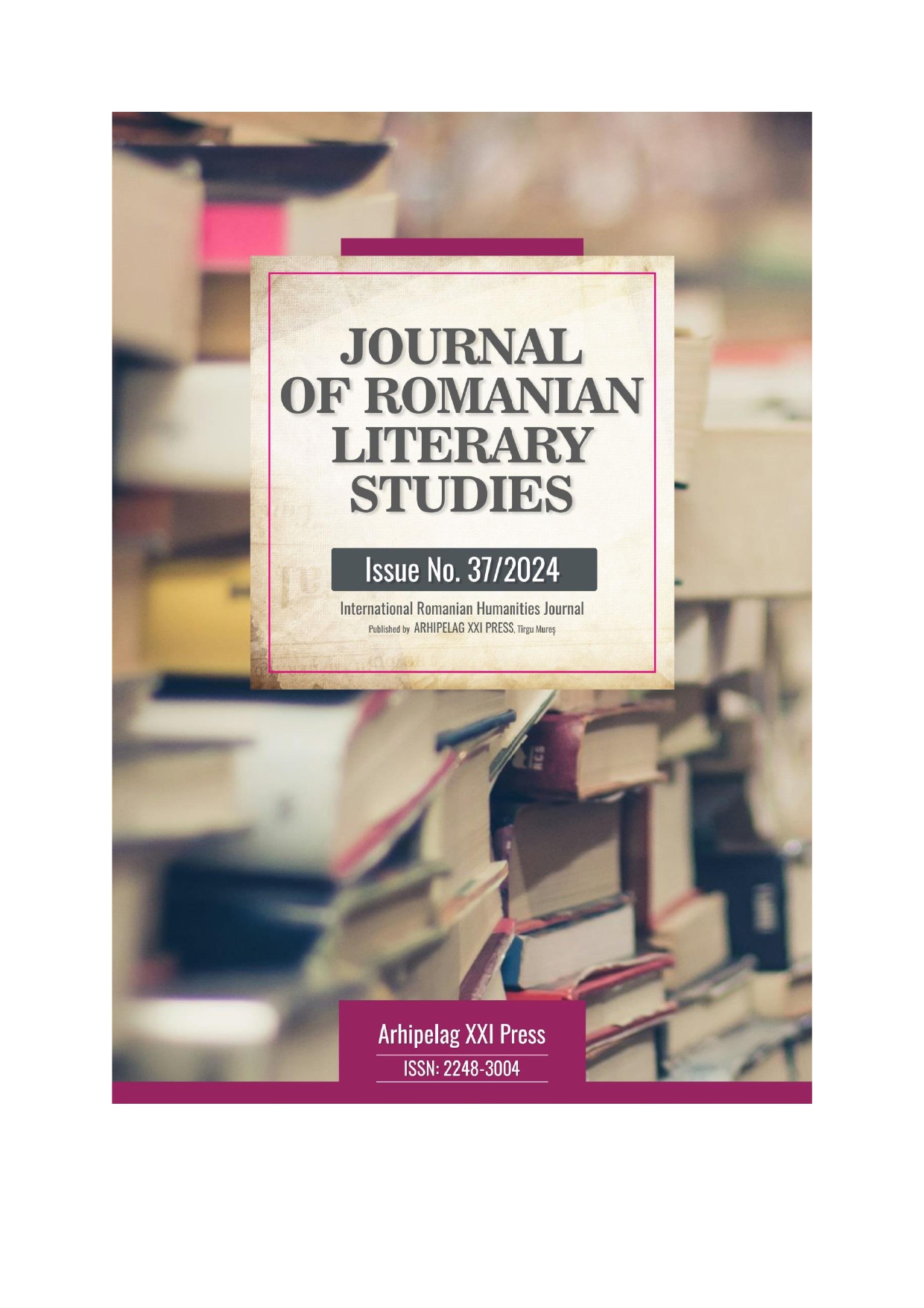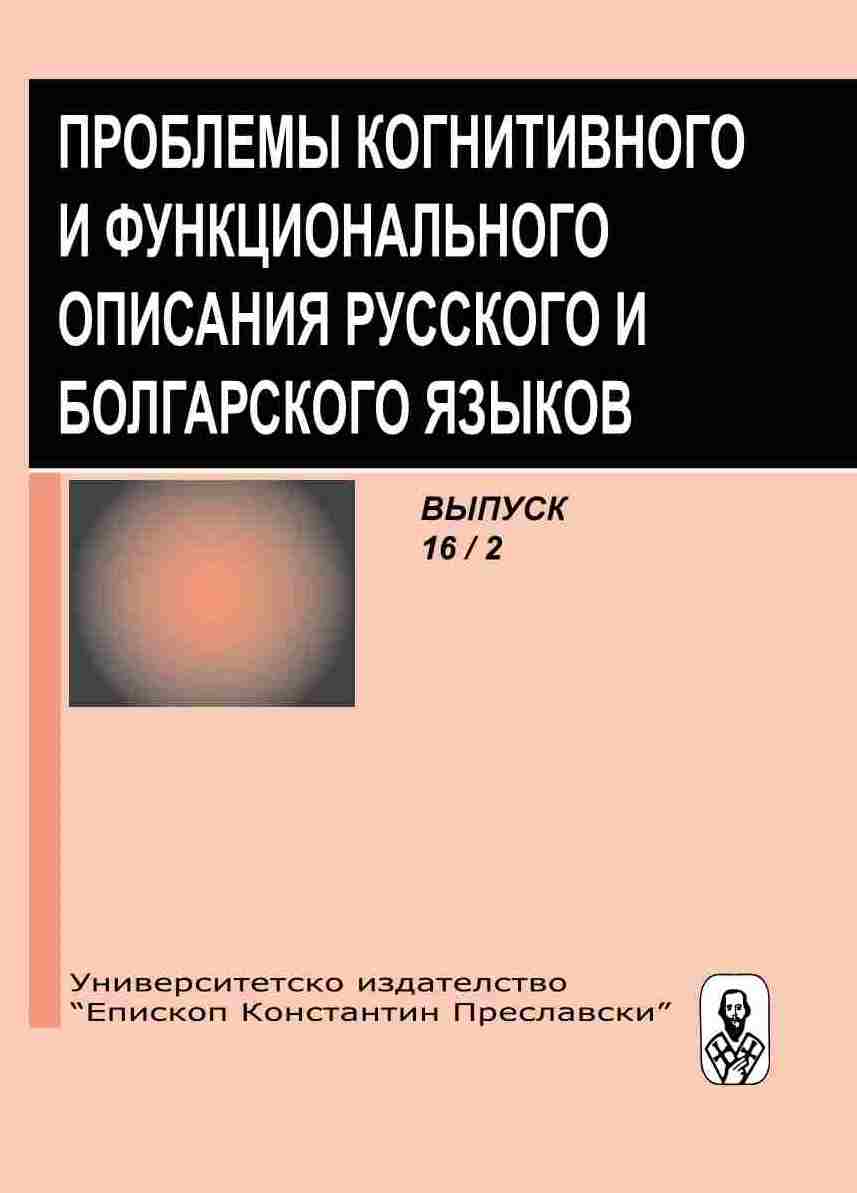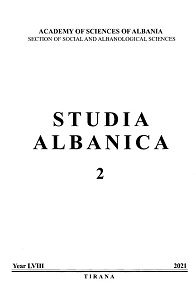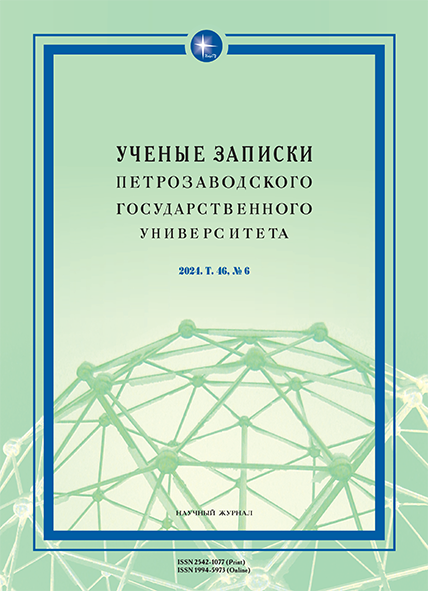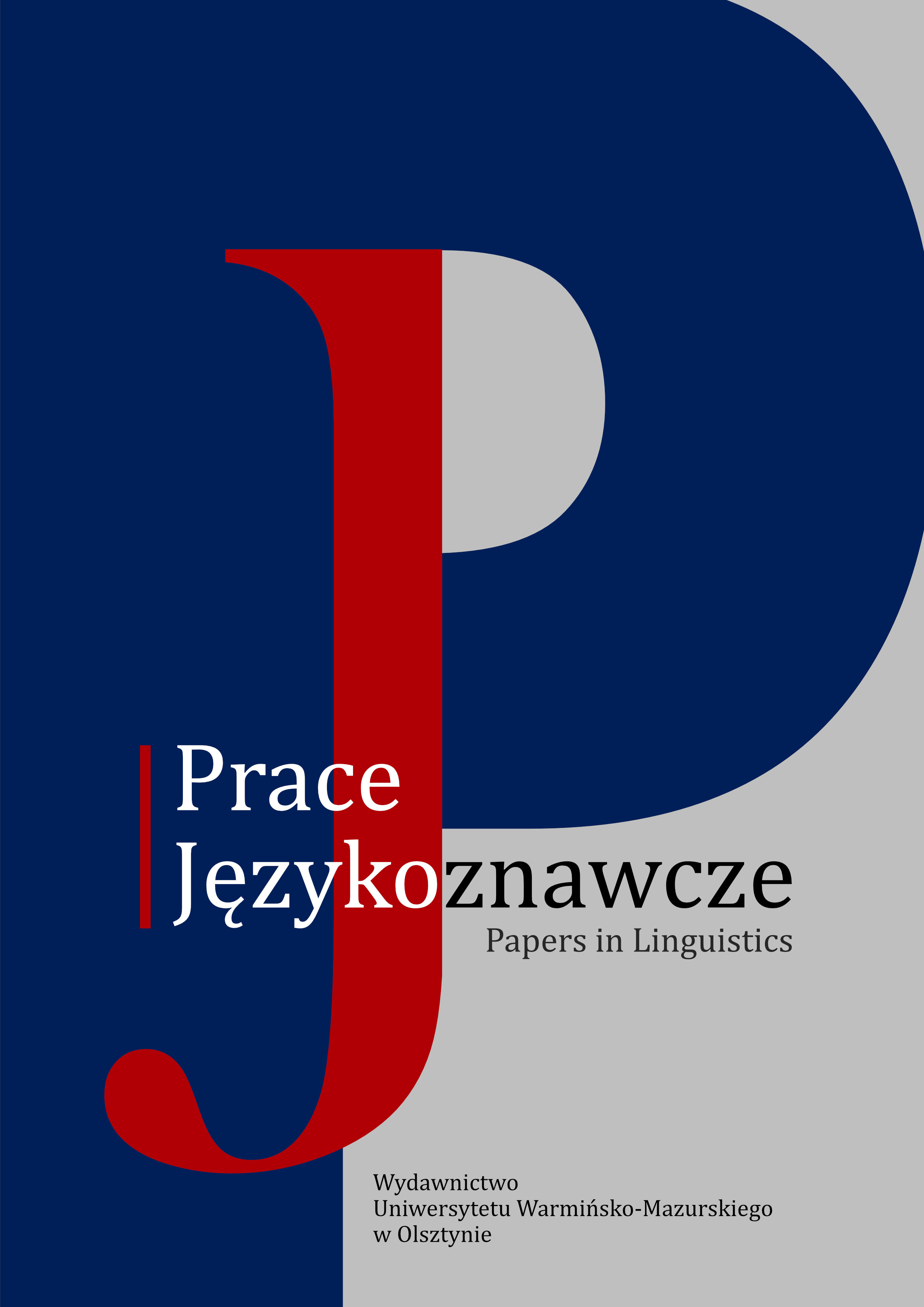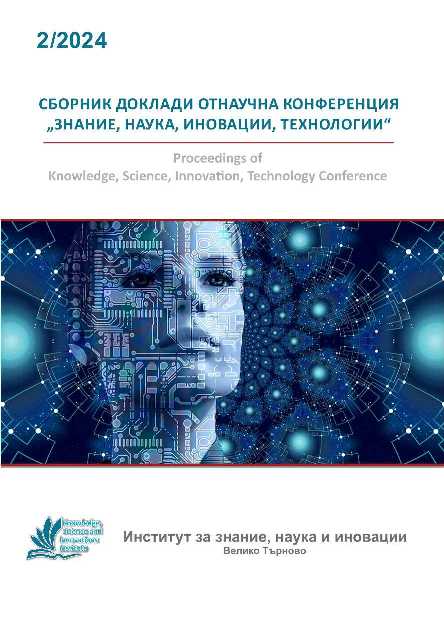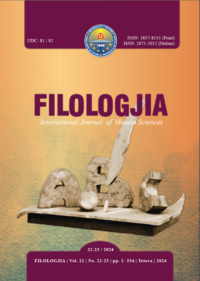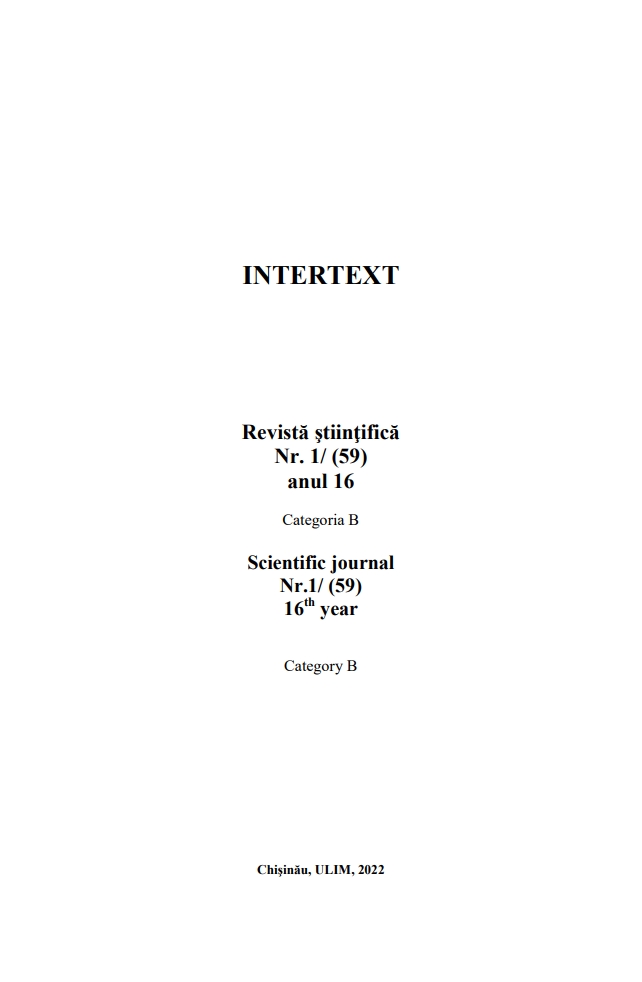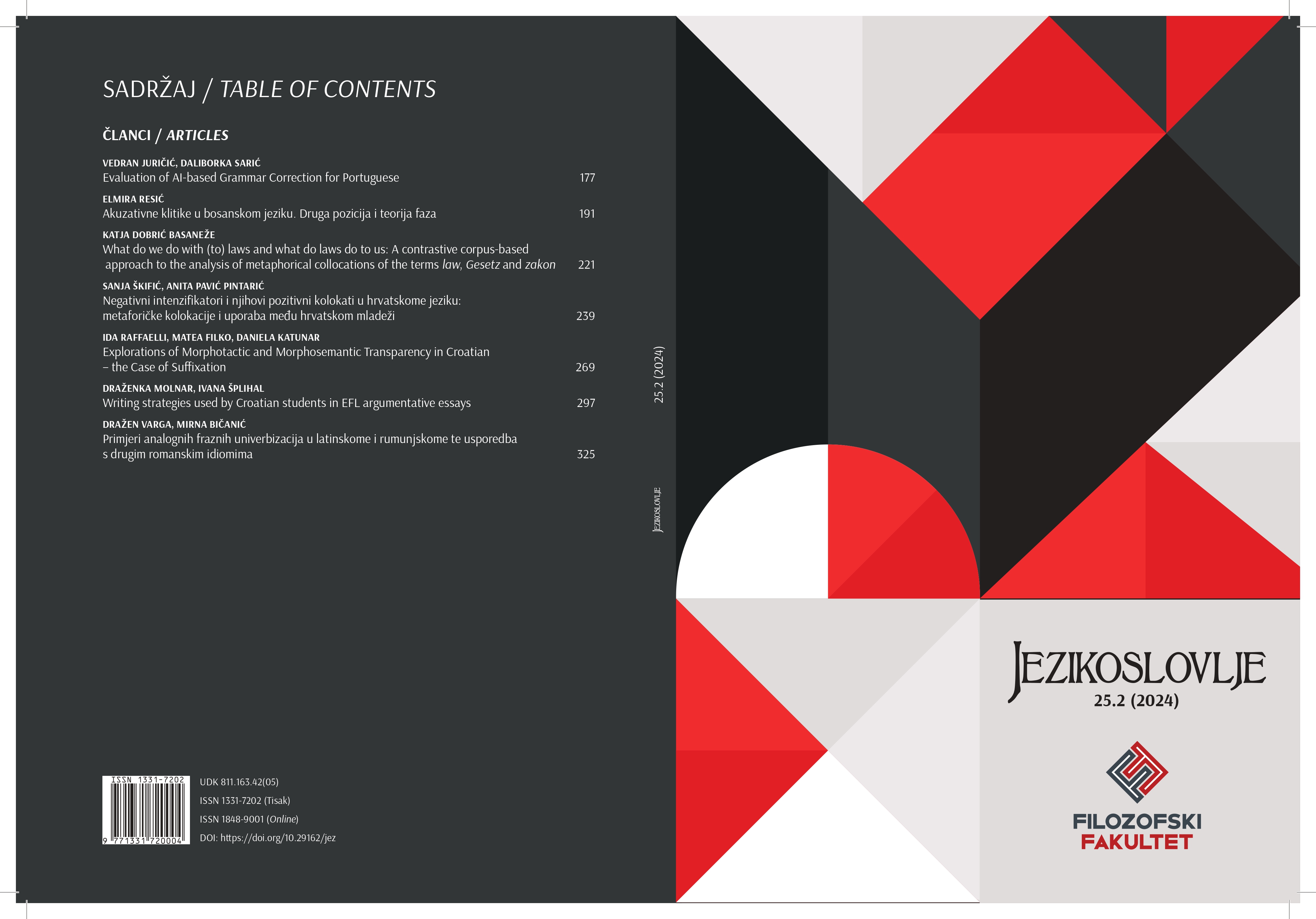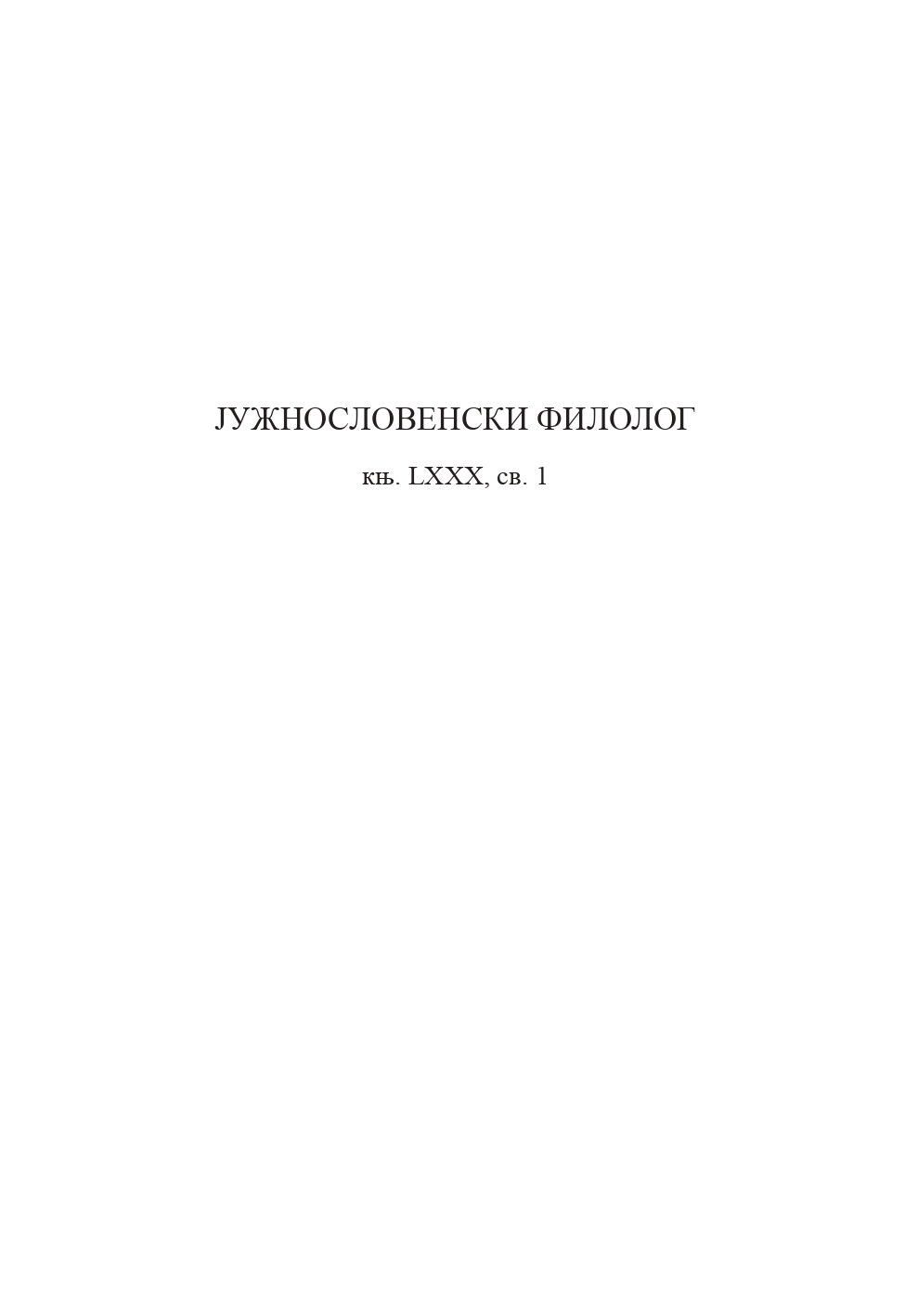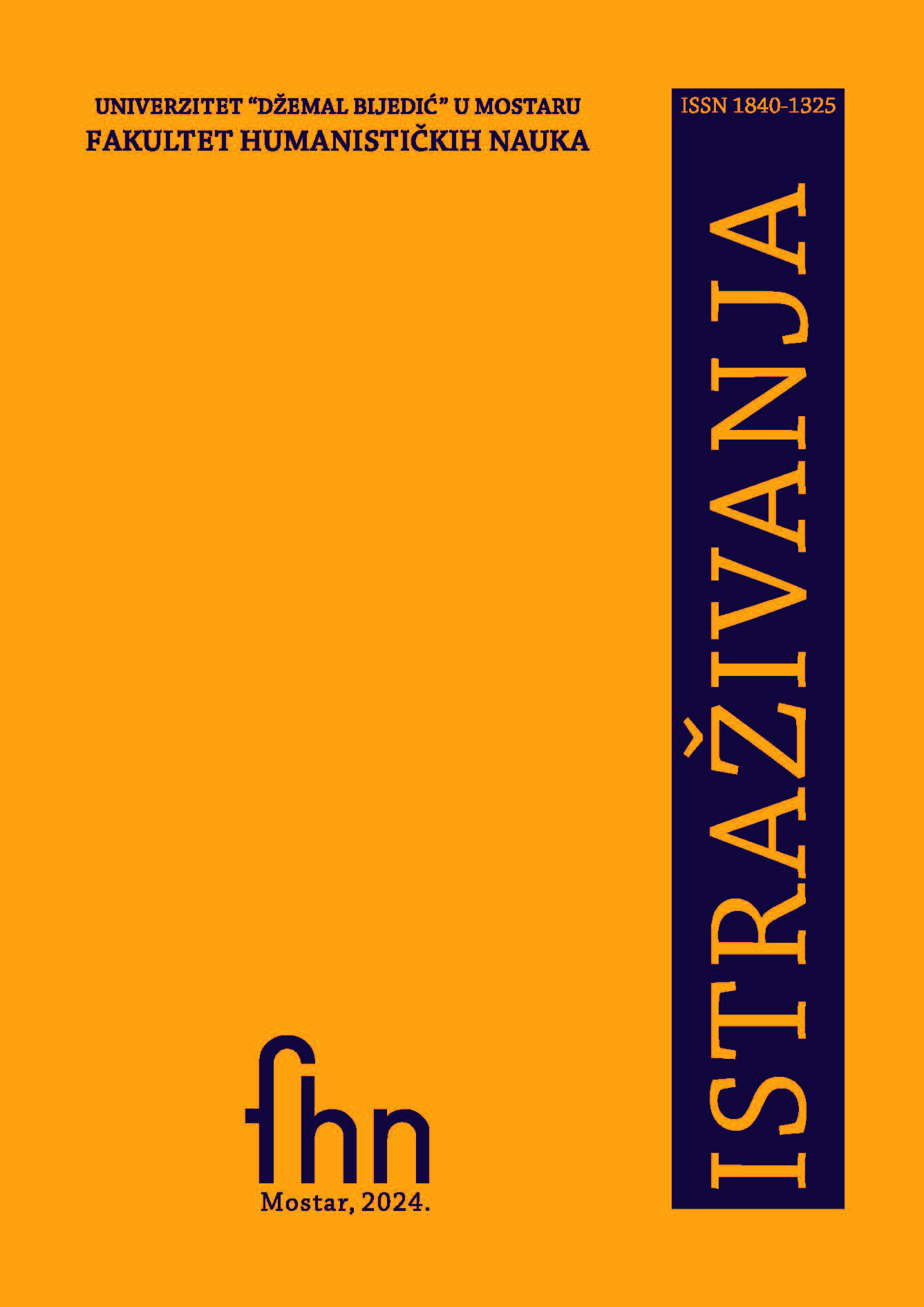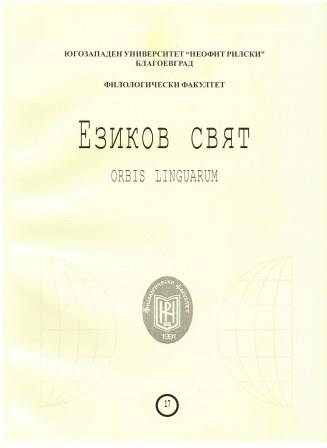
ФРАЗЕОЛОГИЗМИ С БИБЛЕЙСКИ ПРОИЗХОД В БЪЛГАРСКИ И В ПОЛСКИ ЕЗИК (ПАРАЛЕЛИ В ОБЛАСТТА НА НЕГЛАГОЛНИТЕ ФРАЗЕОЛОГИЧНИ ЕДИНИЦИ)
The paper presents a short contrastive analysis of phraseological units in the Bulgarian and the Polish language, which have Biblical origin. The text is focused on non-predicative expressions (i.e., it deals with semantic, formal and stylistic features of expressions with no verbal component) and observes their variation of the meaning following as a context their contribution in Bulgarian and Polish resources. In this respect, the first part of the article represents the similarities between Bulgarian and Polish Biblical Phraseological Units. The units under observation here are grouped in pairs, depending on the general element they contain. Mainly, that is an onomastic element with symbolic meaning and it is a kind of reference to the Old or New Testament. In the second part of the present text, Biblical expressions share one and the same symbolic element, but they have different semantics and structure. The compared constructions are based on different aspects of the symbol and they have different connotative potential. That part has a main function to highlight that both – Bulgarian and Polish language, using the same Biblical element could make completely different phraseological units. Despite the genetic relations of the two Slavic languages, the cited constructions are formed by Bulgarian and Polish cultural and religious experience.
More...
